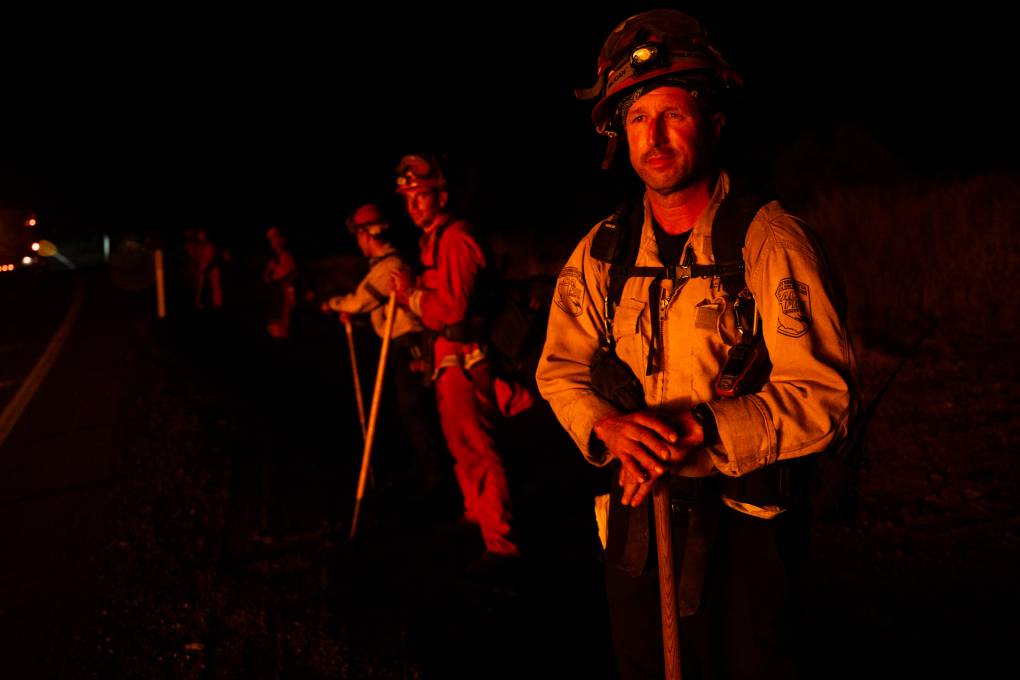Update 4 p.m. Saturday: Firefighters made progress Saturday against California’s largest wildfire of the year ahead of expected thunderstorms that could unleash fire-starting lightning and erratic winds and erode progress made over the past week. Dry, hot conditions posed similar threats across the fire-stricken West.
“We’re not completely out of the woods yet, but we’re looking very, very good,” Cal Fire official Mark Brunton said in a video update Saturday. “This is moving at a very fast pace.”
Containment of the Park Fire, now California’s fourth-largest wildfire on record, is at 27% as of early Saturday. Brunton said the relatively milder weather the last few days allowed firefighters to build containment lines.
But hotter weather, fuels and terrain will continue posing challenges for the estimated 6,500 firefighters battling the fire, which has spread over 626 square miles since allegedly being started by arson in a park in the Sierra Nevada foothills east of the Sacramento Valley city of Chico. For comparison, the city of Los Angeles covers about 503 square miles.
Suppression crews will also start removing damaged infrastructure in some areas Saturday to allow residents to return home.




